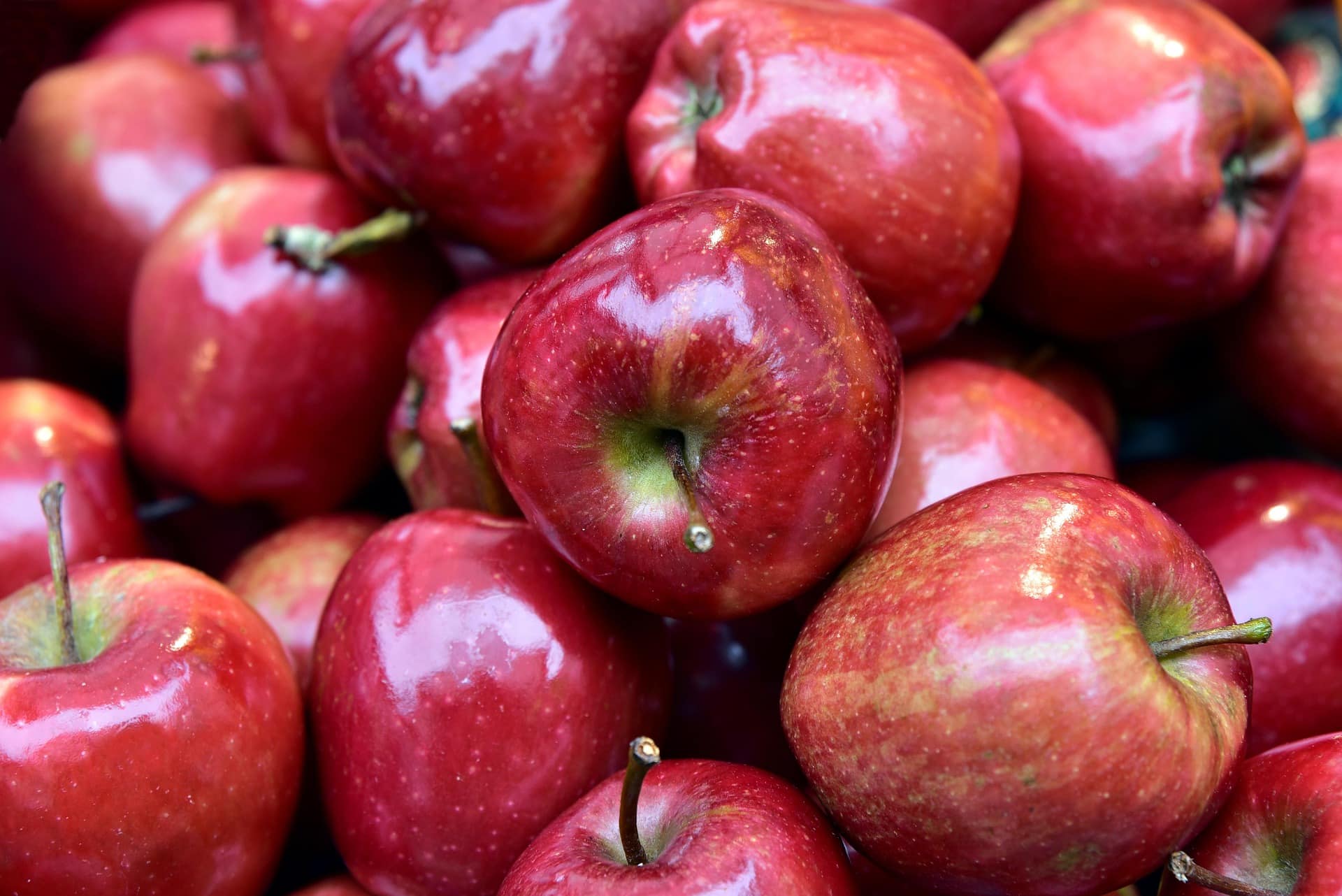The Plant Breeders’ Rights (PBR) Office is looking for public input into a slate of PBR amendments, including clarifying that the farmers’ privilege does not extend to the saving and reusing of propagating material (including seeds) of PBR-protected fruits, vegetables and ornamentals.
This week, the Ottawa-based PBR Office headed up by Commissioner Anthony Parker launched a public consultation focused on several proposed amendments to the country’s PBR regulations. The proposed amendments aim to enhance accessibility to the intellectual property framework, facilitate the introduction of foreign-bred plant varieties into the market, and boost investment and innovation in Canada’s horticulture and ornamentals sectors.
Key themes of the consultation, which is open until July 12, include:
- Should Canada better align with similar jurisdictions, such as the United States and the European Union, by clarifying that fruit, vegetable, and ornamental varieties protected by plant breeders’ rights, as well as hybrids and parental inbred varieties, are not exempt under the “farmers’ privilege”? Consequently, authorization from the rights holder would be required to save and reuse propagating material (e.g., cuttings, budding, grafting, seeds) for these varieties.
- Should the duration of plant breeders’ rights protection for potatoes, asparagus, and woody plants be extended from 20 to 25 years to encourage domestic breeding efforts and facilitate greater access to new international varieties?
- Should a new application fee be introduced, offering a significantly reduced rate when filing through UPOV PRISMA compared to the standard plant breeders’ rights application fee?
According to Parker, the PBR Office is aiming to strengthen PBR and intellectual property protection, which is critical for Canada’s plant breeding framework.
“High-quality, secure IP rights drive investment and innovation and support public and private sector breeders, as well as those in partnership arrangements between the two,” he says.
“These recommendations came from our ministerial-appointed Plant Breeders Advisory Committee, which includes representatives from various sectors — ornamental, fruit and vegetable, fruit tree, and grain. This committee advises the government, and they recommended we conduct this consultation.”

The three main goals of strengthening the plant breeders’ rights regulations are:
- Improved Accessibility: “We want to make it easier to file for IP protection in Canada to attract more foreign breeders interested in introducing new varieties to the Canadian market,” Parker says.
- Encourage Innovation: By enhancing our IP regime, officials hope to encourage both domestic and foreign breeders to innovate in Canada, Parker says. “This could mean establishing breeding programs here or providing stronger IP rights for domestic breeders, comparable to those in jurisdictions like the EU and the United States.”
- Level the Playing Field: Parker notes that in the U.S., breeders have access to a variety of IP tools, including the Plant Variety Protection Act, plant patents for asexually propagated varieties (like fruit trees), and utility patents for any variety. “In Canada, you can only obtain PBR, not patents for plants. We aim to ensure our breeders have similar IP protection advantages as their counterparts in other countries.”
Agricultural crops like cereals and pulses are not included in the consultation. While the seed industry has lobbied for value creation to be included in the PBR amendment process, Parker says not enough industry consensus exists at this time for the government to move forward with those policy amendments.
“We actually did consult on this issue extensively. We found a wide range of views without a consensus. For instance, when asked about farm-saved seed royalties or harvested material royalties, different groups had different opinions — some opposed any royalties at all. The perspectives also varied by region,” Parker notes.
In Eastern Canada, where farm-saved seed rates are lower and crops with technical use agreements (like hybrid corn and soybeans) are more common, there was more comfort with the concept. Moving into Western Canada, there were concerns, particularly about the future of public breeding, he says.
“Two clear messages emerged: we need more dialogue and more time. That’s why we’ve respected these views and not included this issue in the current regulatory amendments. We’ve listened to the farmers and understand their need for further discussion,” Parker adds.
“However, there are other crop types and groups that need access to innovation, and those are the fruit, vegetable and ornamentals sector. They need Canada to be a desirable place for plant breeding investment and access to new varieties. Since these issues aren’t as polarizing [in those sectors], we want to move forward and support them with this 45-day public consultation.”
To take part in the consultation visit: https://inspection.canada.ca/en/about-cfia/transparency/consultations-and-engagement/share-your-thoughts-strengthening-plant-breeders-rights-regulations










